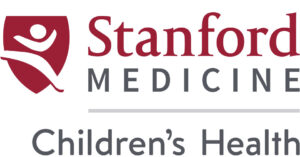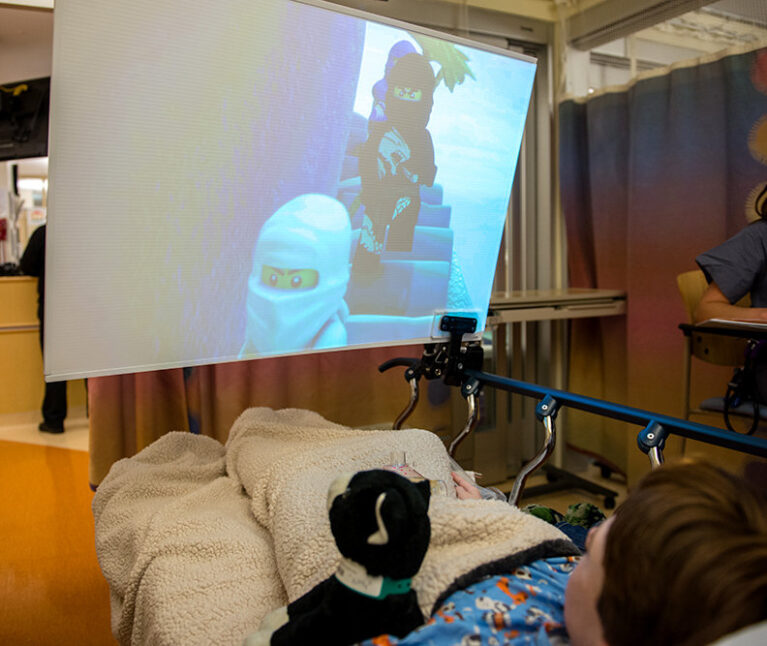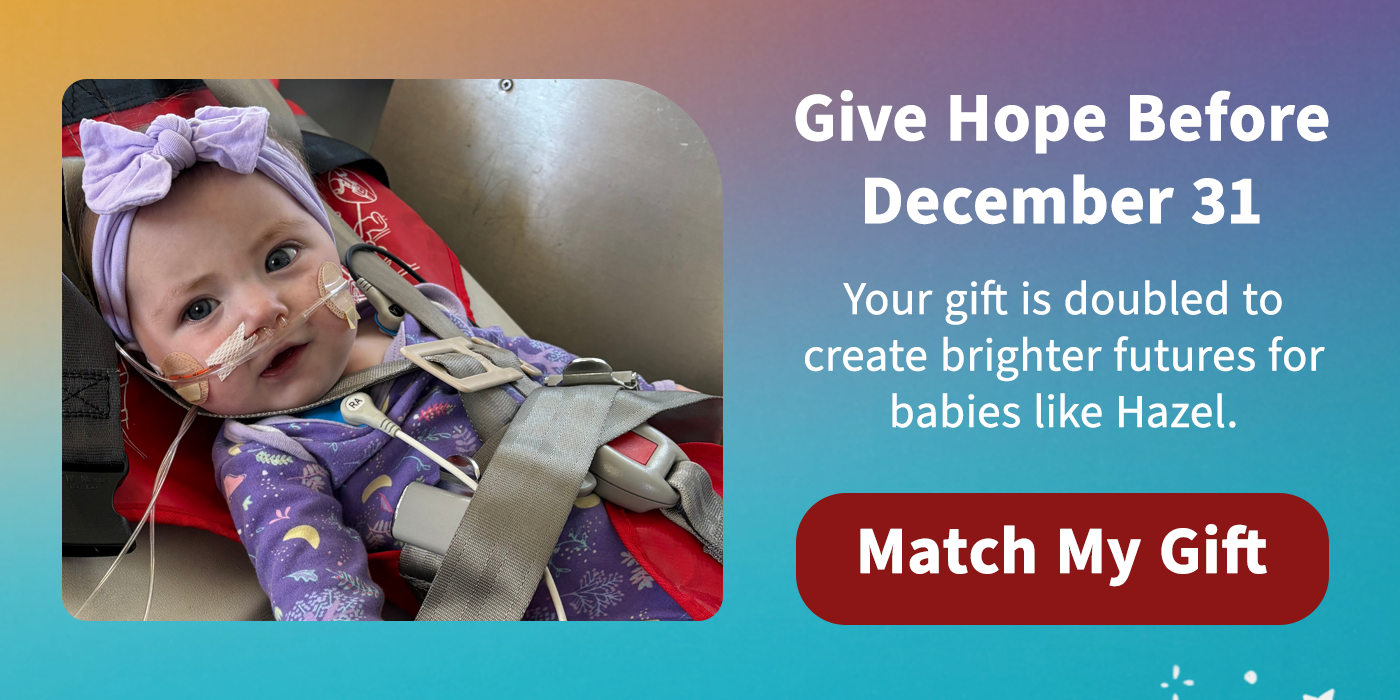In the heart of Silicon Valley, the physicians and researchers at Lucile Packard Children’s Hospital Stanford and the Stanford University School of Medicine are leveraging new technologies to advance pediatric and maternal care.
In particular, pediatric anesthesiologists Thomas Caruso, MD, MEd, and Sam Rodriguez, MD, are leading the way with a program they co-founded in 2015 that uses immersive technologies to help calm and distract patients for routine and complex procedures. Through the Chariot program, a team of physicians, engineers, researchers, and Child Life professionals use technologies such as customized virtual reality (VR) and augmented reality (AR) experiences, tablet-based apps, and interactive bedside projector-based games to ease the stress associated with hospital stays.
Examples include Sevo the Dragon, an interactive video game developed to transform anesthesia into a fun game, and Bedside Entertainment and Relaxation Theater, or BERT, which consists of a projector and large screen that are attached to the patient’s bed. With BERT, patients can choose from a menu of age-appropriate shows, movies, and music that act as a form of distraction.
“Through using immersive technologies, we turn what could be a negative experience from a child’s perception into a very positive one,” says Caruso.
With VR available on every unit, Packard Children’s has one of the largest VR programs in the country and studies the effects of VR on anxiety levels, specifically among hospitalized pediatric patients. That means children who are going into surgery or other procedures can use VR to lessen their fear, stress, and pain. The technology is also being used to help women in labor during their epidural placement.
Other hospitals have sought Stanford’s expertise in adopting this technology in their own programs to enhance patient care.
The Chariot program is completely funded through philanthropy. Thanks to ongoing and recent generous gifts from our donors—including the Association of Auxiliaries for Children, Magic Leap, Reality Labs Research, and The Traverse Foundation—the current team will expand to include a dedicated Child Life specialist, a teaching specialist, multiple research assistants, and three doctoral students. In addition, more engineers will work to develop custom software for the hospital setting.
This means that Chariot can take on more custom projects, reach more patients in the clinical setting, and conduct more research on the impact that technology has on reducing pain and stress in children. Chariot will also launch mini grants to help physicians across Packard Children’s adopt additional disease-specific immersive technologies in clinical care.


